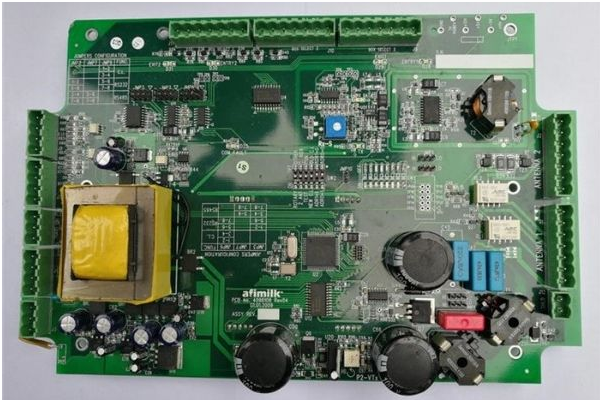In PCBA production and processing, how can we reduce costs, and what are the considerations for reducing costs?
1, the size of the board is naturally an important point. The smaller the board size, the lower the cost. A part of the PCB size has become the norm, and the cost of the standardized size PCB board is reduced.
2, using SMT will save money than plug-ins, because SMT can make more components on the board.
3. In addition, if the components on the PCB are very dense, then the PCB wiring must be finer, the equipment used must be relatively higher-end, and the material used for the PCB must be better. It is also necessary to be more careful to avoid problems such as power consumption that will affect the circuit. The cost of such problems is more than the savings of reducing the PCB size.

4, the more the total number of layers of the PCB, the higher the cost, but a PCB with a small total number of layers usually results in an increase in size.
5, punching requires time-consuming, so the fewer vias on the PCB, the better.
6, blind holes are more expensive than through holes, because blind holes must be drilled before fitting.
The following is a brief overview of the five main flexible circuit options:.
PCBA single-sided flexible circuit: This design includes a conductive copper layer that can be glued between two insulating layers, or consists of a polyimide insulating layer and a bare side. The inner copper layer is then chemically etched Process, generating circuit design, single-sided flexible PCB board design support including components, connectors, pins and reinforcements.
Single-sided flexible circuit with dual channels: Some single-sided flexible printed circuit boards have a dual-access design that allows you to access conductive materials from both sides of the circuit. This design feature requires a flexible PCB and dedicated layers to pass through the substrate The polyimide layer creates a via for a single copper layer.
Double-sided flexible circuit: PCB circuit board with double-sided flexible circuit has two conductive layers, between which there is a polyimide insulating layer. The outer side of the conductive layer can be exposed or covered, such as copper pads, and the layers are usually connected by electroplating through holes However, other methods can also be used. Similar to single-sided flexible circuits, double-sided flexible PCBs can support additional components such as pins, connectors, and reinforcements.
Multilayer flexible circuit: Beyond single-sided and double-sided flexible PCB boards are multilayer flexible circuits that combine multiple single-sided and double-sided circuits to insulate three or more flexible conductive layers from each Layers are connected, the outer layer of these units usually has a cover layer, and copper-plated through-chip factory holes usually penetrate the entire thickness of these flexible circuits. Multi-layer flexible circuits are the best solution to solve crossover, crosstalk, impedance and shielding requirements. There are multiple design options for multi-layer circuits-for example, like FR4, blind vias and buried vias can be used to build multi-layer flexible boards. In addition, the layers of multi-layer circuits may be laminated continuously to increase protection, but if flexibility Is the highest priority, this step is usually skipped.
Rigid-flex circuit: The design of the rigid-flex circuit is slightly different from the ones listed above, and its cost is often higher than other flexible PCB options, but their use is similar to most other PCBs.